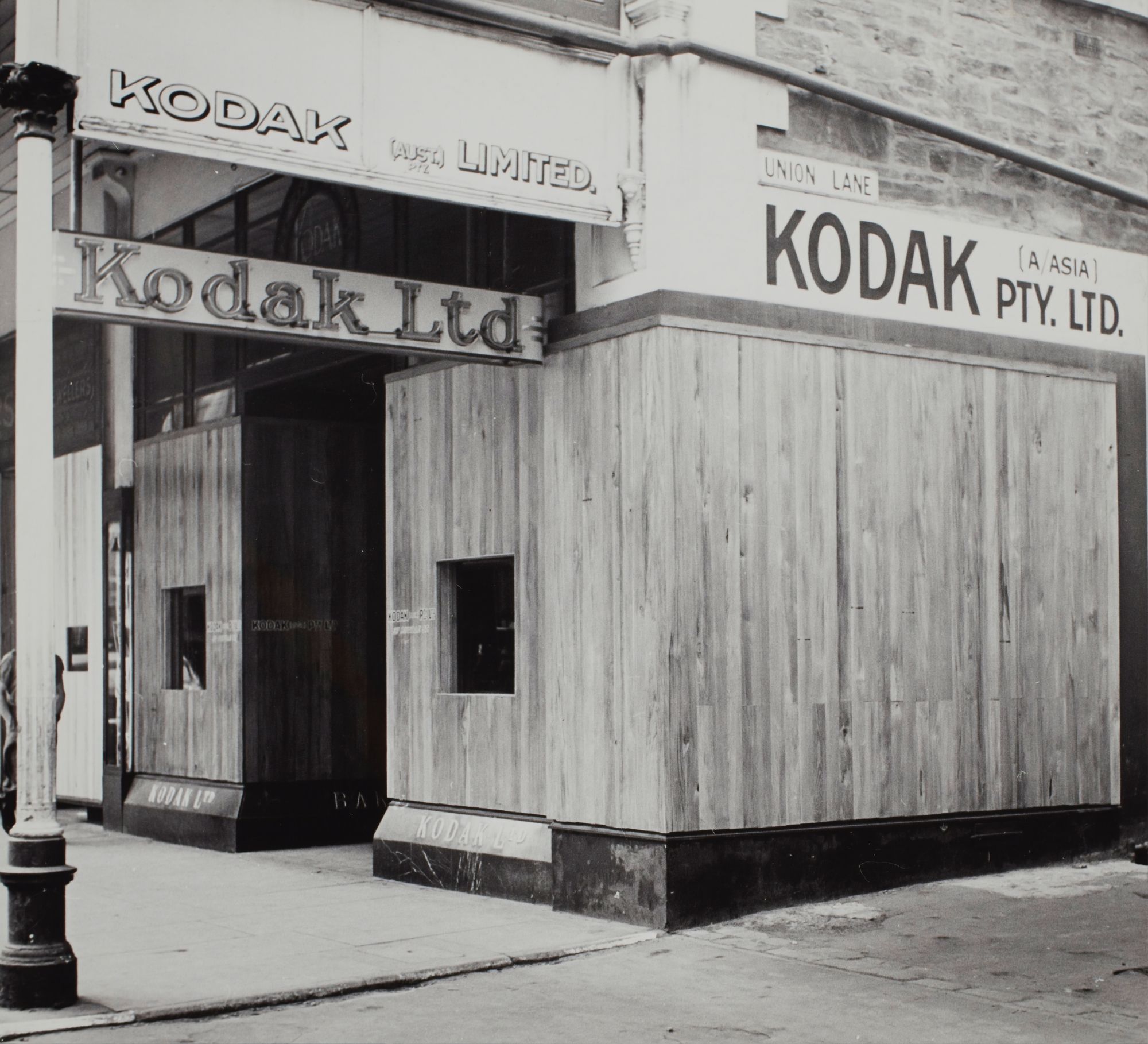Unit 14 - Kodak Pharmaceuticals Loan Problem
Trade Remedies Approach: Antidumping & Countervailing Duties (Subsidies) Agreements, Plus Safeguard Agreement

Kodak was a well-known, if somewhat old-fashioned twentieth century photography and speciality photographic chemicals giant. The company fell on hard times and eventually was reorganized in Chapter 11 bankruptcy as a result of the general shift to digital photography (your camera phones, etc.). Meanwhile, the US under the Defense Production Act most recently agreed to extend a $765 million loan to enable Kodak to retool much of its speciality chemical business to produce pharmaceutical chemicals, presumably in the name of US self-sufficiency in pharmaceutical chemicals. See Dentsch, “Kodak Shares Add Another 500% as Drug Shift Keeps Boosting Stock,” Bloomberg, 07/29/20.
Kodak does have specialty chemical facilities and some know-how from its long history in photography, but essentially no prior history in the pharmaceuticals business, despite which the capital markets instantly re-evaluated Kodak’s business prospects very positively, at least on an initial basis. It is not clear yet what the exact terms of Kodak’s loan might be, although by late Fall 2020 you should all be able to access Kodak’s securities filings (look in the SEC’s Edgar system; there should be an 8-K or similar filing, with the interesting question being whether the full loan documentation becomes publicly available). This would seemingly be a no-brainer in the name of national (pharmaceutical) self-sufficiency in the midst of a pandemic, except for the idea that it involves a very large loan, presumably on concessionary terms, to a company with no pharma history (economic conservatives take note). It may be functionally difficult to distinguish this from industrial policy and industrial subsidies (cheap loans), which is the kind of thing for which the US currently criticizes China.
Please investigate the terms of the loan and Kodak’s resulting prospects as a pharmaceutical company, with a special eye towards two issues.
The first is simply to look at how the Kodak loan would be treated under the WTO Subsidies Agreement. It probably does not look like an export subsidy as such, but its express purpose is displacement of imports (all those Chinese precursor pharmaceutical chemicals the US does not want to be reliant upon). So if the US were to press China on industrial subsidies, how do we justify this either under a new test in a recast subsidies agreement, or perhaps a new interpretation of GATT/WTO Article XXI? Which is better, and why?
The second requires us to look forward to next week and issues concerning the overlap of trade liberalization in the agricultural sector and food security concerns (which are increasingly heard in conjunction with climate change discussions). Candidly, here the shoe is on the other foot because the US is a large agricultural exporter, so tends to be dismissive of “food security” claims of other countries in the name of agricultural self-sufficiency, to be achieved via (protective) tariffs on US agricultural goods. Can you distinguish “pharmaceutical self-sufficiency” from “food security,” and if so, how? Is there a downside to infinite flexibility in determining “essential security interests” (the GATT/WTO Article XXI language), or arguing about the state’s involvement in the economy short of an armed conflict (remember the Russia-Ukraine proceeding we looked at early on in our examination of Article XXI; basically, the DSB recognized the existence of a de facto armed conflict as justification for Russia’s action under the circumstances). Can you reconcile our first and second issues, and, if so, how?